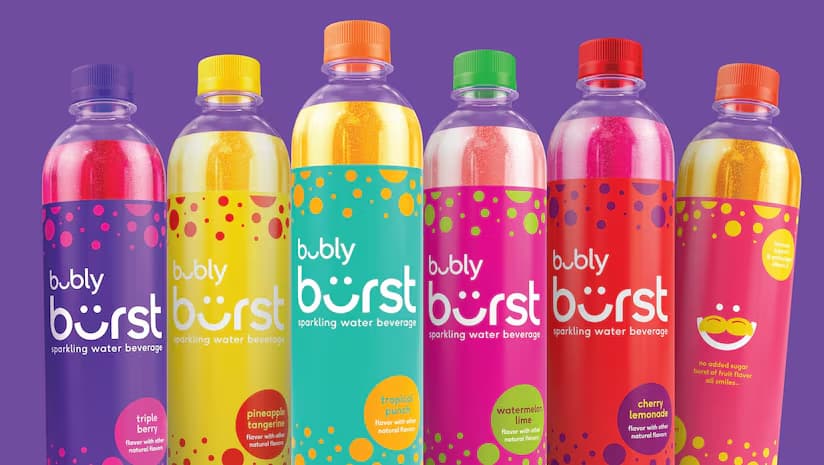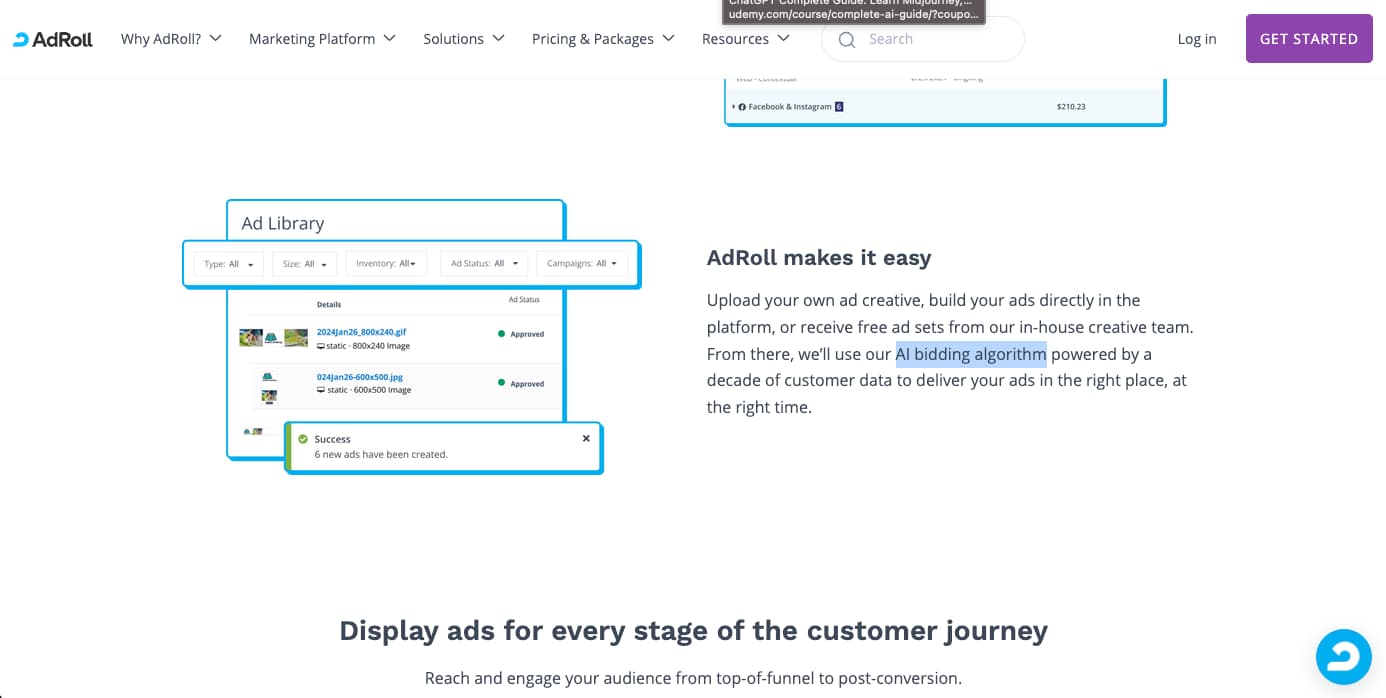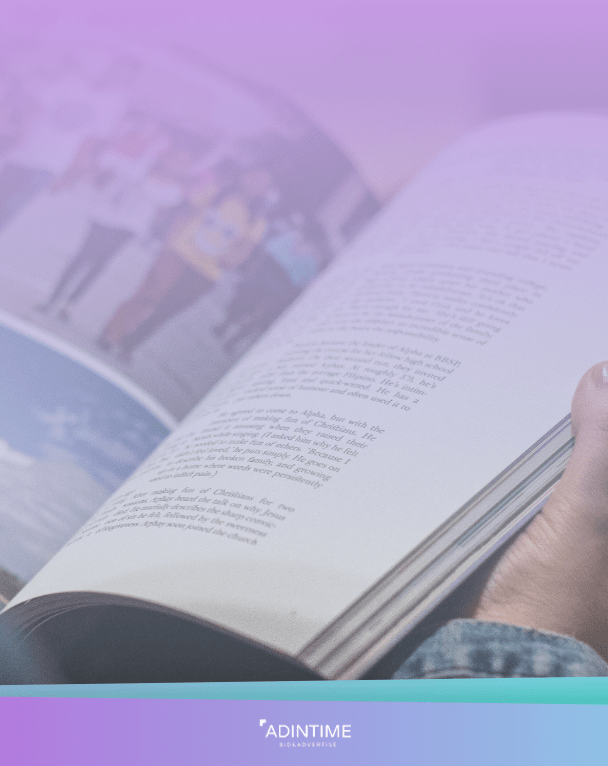Will AI replace advertising? What does it mean for advertising agencies?
Want to save time?
Summarize this article in seconds with AI
The advertising industry is going through a massive change. When we think of the stunning, computer-generated visuals that are replacing traditional photoshoots. And while that's a huge part of the story, it's only the beginning.
The truth is, artificial intelligence is now a central player in every single stage of a campaign, from the moment a brand has an idea to the second a customer makes a purchase. The industry isn't just changing; it's being rebuilt from the ground up.
So will AI replace advertising? The short answer is no, but there are these very real aspects and impact to consider:
- The Strategy & Research Revolution
- The Creative & Production Shift
- The Media & Performance Engine
- The Human Element: Where We Come In
1. The Strategy & Research Revolution
Before a single ad is created, AI can already be at work. Historically, market research was a slow, expensive process of surveys, focus groups, and manual data analysis. With the internet, this process has already been constantly improving. And now AI has moved that 100 steps forward.
Spotting Trends Before They Go Viral: AI tools can analyze massive amounts of data from social media, search trends, and news headlines in real-time. This allows brands to spot emerging consumer behaviors and cultural trends long before a human ever could. PepsiCo, for example, used AI to analyze consumer data to identify a growing demand for healthier, flavored beverages, which ultimately helped them develop their successful Bubly sparkling water line.

Hyper-Targeted Consumer Insights: AI can now segment audiences with surgical precision. Like how Spotify's "Wrapped" campaign uses AI to analyze a user's listening data and turn it into a personal, shareable story. This approach builds strong brand loyalty by making each customer feel uniquely understood and celebrated.
2. The Creative & Production Shift
This is the part we've all seen, but its implications go far beyond cost savings. It’s about creating a new kind of content.
From "Shoot to Create": AI image and video generators are replacing traditional production. Brands can create stunning visuals, from product shots in exotic locations to diverse, lifelike "virtual models," without a single camera. It can also aid the creation process just like it did for Coca-Cola ad named "Masterpiece" campaign. AI was used in collaborative efforts with artists, blending classic paintings with AI-generated visuals to create a surreal video ad. So rather than just replacing traditional methods like in some user cases, it can enhance the results of creative work when operated by human.
Personalized Copy at Scale: Tools can generate hundreds of variations of ad copy, social media posts, and headlines in a matter of seconds. This allows brands to run extensive A/B tests and personalize every piece of content for different audience segments. Like how JPMorgan Chase partnered with an AI platform called Persado to generate thousands of personalized marketing messages. Instead of writing a few headlines, the AI can test variations focused on different emotions or benefits, automatically determining which one resonates most with a specific customer segment. This led to a 450% increase in click-through-rate, proving AI's power to optimize every word for maximum impact.
3. The Media & Performance Engine
Once a ad campaign is ready, a company now can use AI to ensure it reaches the right people at the right time with utmost accuracy. This is where AI's impact is arguably the most profound, automating tasks that were once handled by large teams. It's also been working in the background for a while now!
Intelligent Ad Buying: Programmatic advertising, powered by AI, is widely utilized by companies in various industries. Algorithms automatically bid on ad space in real-time, analyzing a user's behaviour, device, location, and other factors in milliseconds to decide whether to show an ad. This ensures advertising budgets are spent efficiently and campaigns are always optimized for the best possible return on investment.

Example of a programmatic ad service provider that uses AI bidding algorithm.
Real-Time Optimization: AI platforms continuously monitor campaign performance and make instant adjustments. If a certain ad creative is underperforming in one region or a specific ad placement isn't getting enough clicks, the AI can reallocate the budget and switch out assets automatically. This eliminates the need for constant manual intervention and guesswork.
Also read:
5 Best Uses of AI-Generated Content in Advertising
Online Advertising Guide: What You Need to Know
4. The Human Element: Where We Come In
Despite this technological "takeover," the human role in advertising still remains crucial for future years to come. That's why when asked "Will AI replace advertising?", we say "Not necessarily!". Just like the coca cola ad mentioned above!
The New Role of the Creative: With AI handling the legwork, human creatives are now free to focus on strategic vision and brand-building. They are the ones who will develop the "big idea" that AI can't generate from scratch. The human touch, empathy, humour, and cultural understanding are what truly connect a brand with its audience.
The Ethical Compass: AI tools are only as good as the data they are trained on, which can lead to biases and ethical pitfalls. A human team is essential to ensure that campaigns are responsible, authentic, and don't contribute to harmful stereotypes. Navigating issues of copyright, data privacy, and brand authenticity requires human judgment.

Source: Charles Sturt University
A recent study by Charles Sturt University revealed that generative AI image tools reinforce gender and ethnic stereotypes. For example, despite women making up over 60% of real pharmacists, the AI-generated images showed them as a small minority. The technology also consistently failed to represent diverse skin tones. This amplification of bias risks misrepresenting professions and could deter women and minorities from pursuing careers in these fields.
Conclusion - Will AI replace advertising entirely?
Ultimately, all this technology changes a lot about how we work, but it doesn't change why we work. At the end of the day, advertising is still about one thing: connecting with people. The tools we use may be smarter, but the heart of what we do, the empathy, the story, and the human insight will always be our most powerful advantage.
 Cookie preferences
Cookie preferences








 Xiaohongshu Advertising Guide: How Can Hong Kong Brands Maximize Their Results?
Xiaohongshu Advertising Guide: How Can Hong Kong Brands Maximize Their Results?
 2x your advertising effectiveness: Master big data to optimize ad ROI
2x your advertising effectiveness: Master big data to optimize ad ROI
 Top 5 Best Ads in 2025 in Hong Kong
Top 5 Best Ads in 2025 in Hong Kong
 Hong Kong Outdoor Advertising Cost in 2026 | Adintime Report
Hong Kong Outdoor Advertising Cost in 2026 | Adintime Report
 Marketing Calendar 2026: Key Dates For Marketing Success
Marketing Calendar 2026: Key Dates For Marketing Success
 The Most Widely-Read Magazine and Newspaper in Hong Kong
The Most Widely-Read Magazine and Newspaper in Hong Kong
 Understanding YouTube Advertising Costs in 2025
Understanding YouTube Advertising Costs in 2025
 OOH /DOOH advertising in Hong Kong: Formats and Rates (2025 Update)
OOH /DOOH advertising in Hong Kong: Formats and Rates (2025 Update)
 How much does LinkedIn Advertising Cost? (2025 Update)
How much does LinkedIn Advertising Cost? (2025 Update)
 Press Ad Basics: Types, Formats and Ad Price
Press Ad Basics: Types, Formats and Ad Price